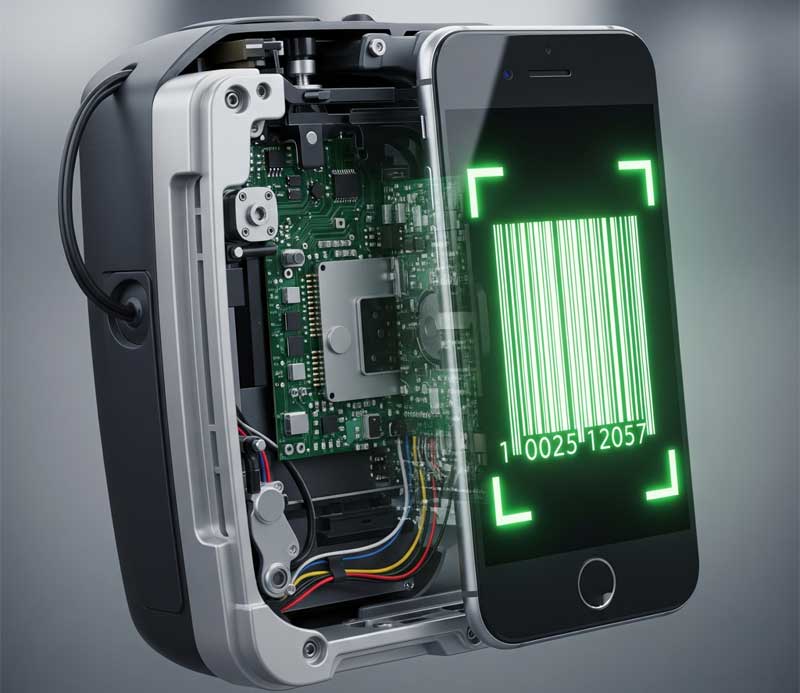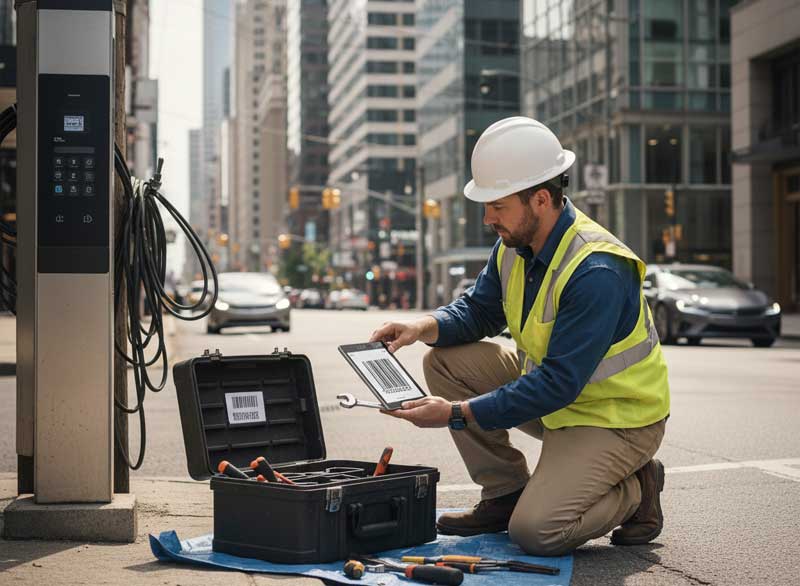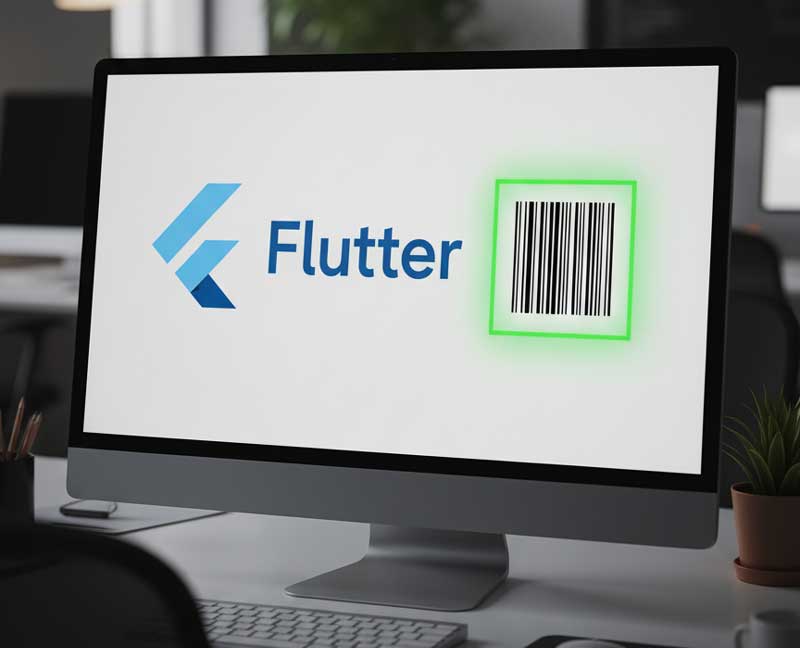
Find Out the Pros and Cons of Specialized Barcode Scanners vs. Mobile Scanning Apps
Barcodes are all around us — on merchandise, mail, luggage tags, tickets, and even digital displays. To be read, businesses and consumers depend on two primary methods: hardware barcode scanners (standalone devices) and software barcode decoding (mobile or desktop apps that use cameras). Each method has its pros and cons, and the choice depends on your application.
What Are Hardware Barcode Scanners?
Scan hardware is a dedicated device with the purpose of reading barcodes. Their usage can be handheld, fixed mount, or integrated within POS systems. They work by quickly and accurately capturing and decoding barcodes using laser or imaging techniques.
Pros of Hardware Scanners
- Speed and Accuracy: Ideally suited for high-volume scanning, hardware scanners don’t misread as often.
- Durability: Models made for use on the job can handle drops, dust, and water.
- Ergonomics: Designed for all-day use and long duty cycles while minimizing user fatigue with a comfortable and ergonomic grip and trigger scanning.
- Offline Reliability: There is no reliance on internet connection or mobile device speed.
Cons of Hardware Scanners
- Price: Dedicated hardware can be more costly than leveraging the established smartphone market.
- Maintenance: The hardware needs to be updated, calibrated, and may need to be replaced.
- Lack of Flexibility: They are tailored to fit and may not mesh well with new apps or workflows without middleware.
What Is Software Barcode Decoding?
In software, they scan and interpret barcodes utilizing the camera of a smartphone, tablet, or computer. Such apps may exist as standalone products or as components in a company’s SDK (DataSymbol Barcode Reader SDK) or as parts of its API (application programming interface).
Pros of Software Scanners
- Cheap: No need for other hardware, just use your existing devices.
- Custom-Fit: Add, modify, or use them as they are in your mobile or web applications.
- Access: Anyone with a phone can be a scanner, so it’s great for consumer-facing apps.
- Scalability: No large upfront investments to effectively use across teams.
Cons of Software Scanners
- Performance Shortfalls: Exceedingly slower compared to hardware scanners in high-volume use cases.
- Device Reliance: The quality of the camera and the processing power determine the accuracy and receiving speed.
- Environmental Factors: Dim lighting, glare, or failure codes could make it ineffective.
- Battery: Scanning is another continuous process and is a real power drain on mobile devices.
Which Should You Choose?
The better pick would depend on the context:
- High-volume retail or warehouse: Hardware scanners win outright with speed, predictability, and ruggedness.
- Field operations, consumer apps, lower-volume scanning: Software decoding is cheaper, and it’s more versatile.
- Hybrid: Some companies use a combination of both — hardware for intensive scanning and software apps for remote workers or customers.
Nowadays, hardware barcode scanners and software decoding solutions are equally vital in the world of barcodes. Where hardware wins in terms of speed, robustness, and reliability, software easily scores flexibility, scalability, and cost. There is no one-size-fits-all best option—rather, it depends on your workflow, budget, and long-term goals.
Ready to get started?
Barcode Reader SDK








